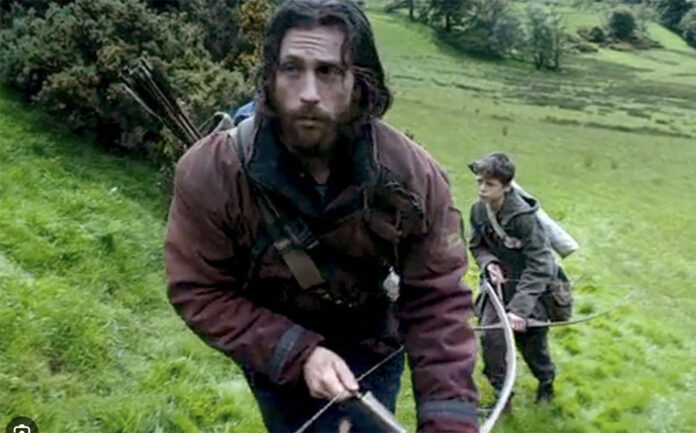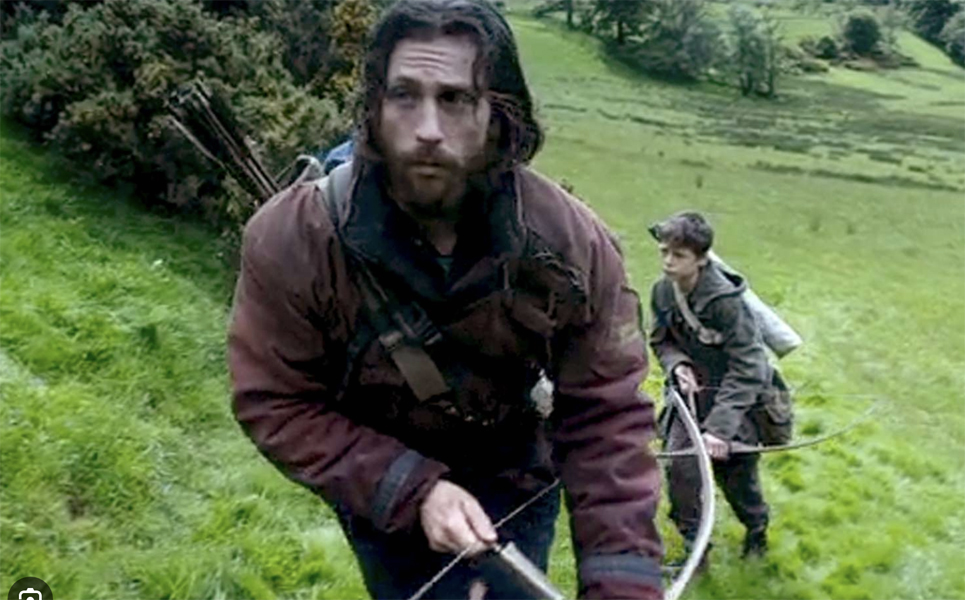 Aaron Taylor-Johnson, left, and Alfie Williams in 28 Years Later
Aaron Taylor-Johnson, left, and Alfie Williams in 28 Years Later
By VIEWdigital editor Brian Pelan
The opening scene in 28 Days Later (2002) was visceral filmmaking at its best, introducing us to the Rage Virus and its devastating effects on humans.
This hit film, directed by Danny Boyle, was followed by 28 Weeks Later (2007), directed by Juan Carlos Fresnadillo, which failed to make the same impact – apart from a spectacular opening as Don (played by Robert Carlyle) abandons his wife to the clutches of a zombie mob in order to make his getaway.
Boyle has taken up the reins for the second time to deliver 28 Years Later.
The scene is set 28 years after the Rage Virus escaped from a research laboratory, survivors have found ways to exist amidst the infected. One group lives on a small island connected to the mainland by a fortified causeway.
Aaron Taylor-Johnson plays Jamie, who takes his 12-year-old son Spike (Alfie Williams) on a rite of passage to the mainland, where zombies are dispatched with arrows rather than bullets. The community in which they live has regressed to a medieval existence. We sense a definite Brexit vibe, as Britain has been sealed off from the rest of Europe to prevent the Rage Virus from spreading.
We are taken into Heart of Darkness territory as Spike returns again to the mainland along with his sick mother, Isla (Jodie Comer).
The overall theme is much more meditative than violent – none more so than when we are introduced to the thoughtful Dr Ian Keson, played by Ralph Fiennes in a scene-stealing performance.
We also witness a poignant moment when we get a glimpse of the Sycamore Gap tree near Hadrian’s Wall—evidently filmed before it was cut down.
Lovers of zombie movies may feel slightly cheated that humans being ravaged by the infected is not the dominant storyline. But a huge alpha zombie chasing a father and son will always get you crunching into your popcorn.
Cillian Murphy absolutely dominated in 28 Days Later. The latest instalment tries hard, but fails, to scale those cinematic heights.
• Showing now until July 3 at the Queen’s Film Theatre, Belfast
• Support social affairs journalism – subscribe to VIEWdigital for £3.33 a month

